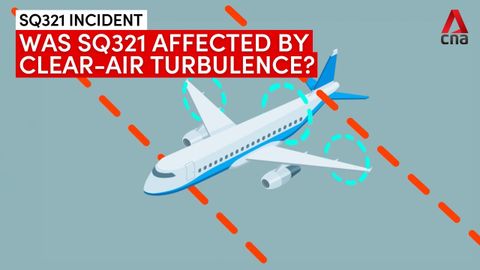新加坡航空遇到的「奪命亂流」究竟是什麼,又會如何影響飛機飛行呢? (What is clear-air turbulence and how was SQ321 affected?)
 沒有此條件下的單字
沒有此條件下的單字US /pəˈtɛnʃəl/
・
UK /pəˈtenʃl/
- adj.可能的;潛在的;潛在的
- n. (u.)潛力,潛能
- n. (c./u.)潛力;潛能;潛在候選人;勢
US /fɪˈnɑməˌnɑn, -nən/
・
UK /fə'nɒmɪnən/
US /ˈtrɪɡɚ/
・
UK /'trɪɡə(r)/
- n.板機;觸發器;起動裝置;觸發事件;觸發物 (心理學);觸發器 (電子學);觸發器 (計算機);釋放器 (釣魚)
- v.t.觸發;觸發;引發反射動作
US /ˈmʌltəpəl/
・
UK /ˈmʌltɪpl/
- adj.多重的;多種的;多發性的;多重的
- n. (c.)多;多個的;乘數
- pron.多重的
